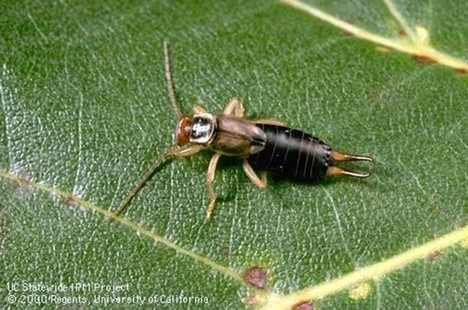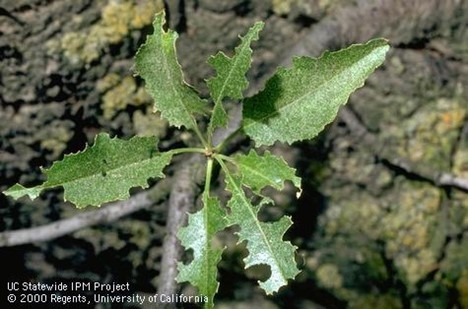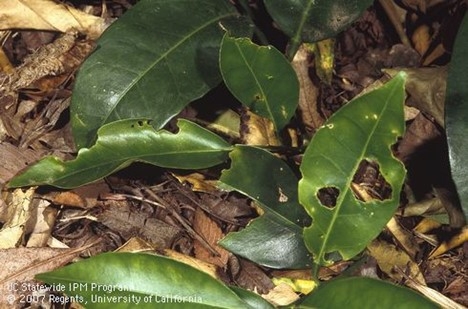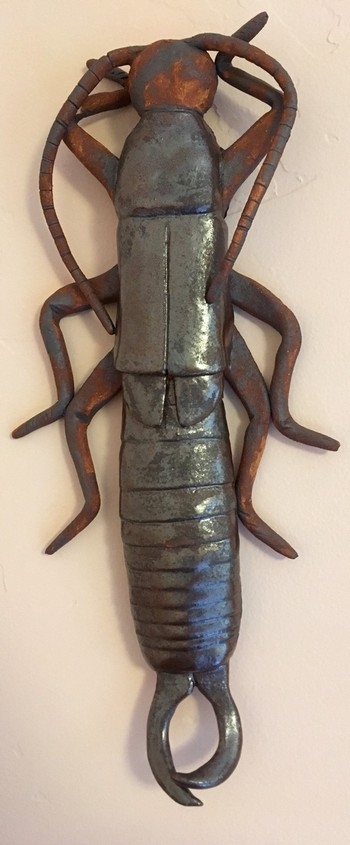Jun 16, 2024
Earwigs are one of the most common pests in our gardens. There is a lot to learn about them besides knowing how to prevent the damage they cause.
Fun facts about earwigs:
- Their name probably comes from myths surrounding these insects:
- They sometimes enter peoples' ears when they are sleeping and they sometimes burrow into the brain
- The forceps appendages at their rear ends look like tools to puncture ears for earrings
- The expanded wings of earwigs have the shape of human ears
- The common and abundant earwigs in our gardens weren't even in California 100 years ago.
- Roald Dahl, author of children's books, has a character in George's Marvelous Medicine that urges the grandson to eat a ‘big fat earwig' and tells him how to do it so it wouldn't grab his tongue with the ‘sharp nippers on its back end.
- Roald Dahl also mentions earwigs in James and the Giant Peach where the characters find an earwig inside the giant peach.
- Under their hard, shiny wing covers, they have remarkably large and complex flight wings that spring from folded to flight without muscles. (These wings expand to 10 times larger than when folded.)
- Female earwigs watch over their eggs and newly hatched young, protecting them and keeping them clean until they are old enough to fend for themselves.
Did you know?
- Earwigs are important predators of aphids, mites, nematodes, and other small insects and their eggs.
- Research from Washington State University shows earwigs can be beneficial in apple and pear trees, eating pests but doing minimal damage to the crop.
- They also feed on fungi and decaying plant material.
- They are food for other animals, including birds and lizards.
Tips to control earwigs in your garden:
- Remove their hiding places. Earwigs thrive in dark and moist areas during the day, coming out to feed at night.
- Clean up debris, leaf piles, and decaying plant matter
- Trap them by placing numerous traps throughout your yard.
- Use empty tuna or cat food cans with ½ inch of vegetable oil and a smelly substance such as fish oil or bacon grease. Place these in your garden bed with the top of the can level with the soil. In the morning, dispose of the trapped earwigs.
- Roll up damp newspaper, secure with rubber bands, and place in your garden bed. Next morning, collect them and shake the earwigs into a pail of soapy water.
- Baits such as SluggoPlus can be used, but often they are not effective if the earwigs have other attractive food sources like your tasty garden.
For more information about earwigs, please visit these links:
https://ipm.ucanr.edu/PMG/PESTNOTES/pn74102.html
Ode to an Earwig https://ucanr.edu/blogs/blogcore/postdetail.cfm?postnum=51351
Earwigs in California (published 1975): https://essig.berkeley.edu/documents/cis/cis20.pdf
Washington State University study: https://www.mdpi.com/2075-4450/14/12/906
Help Desk of the UC Master Gardeners of Contra Costa County (SEH)
Topics:
Attached Images:



